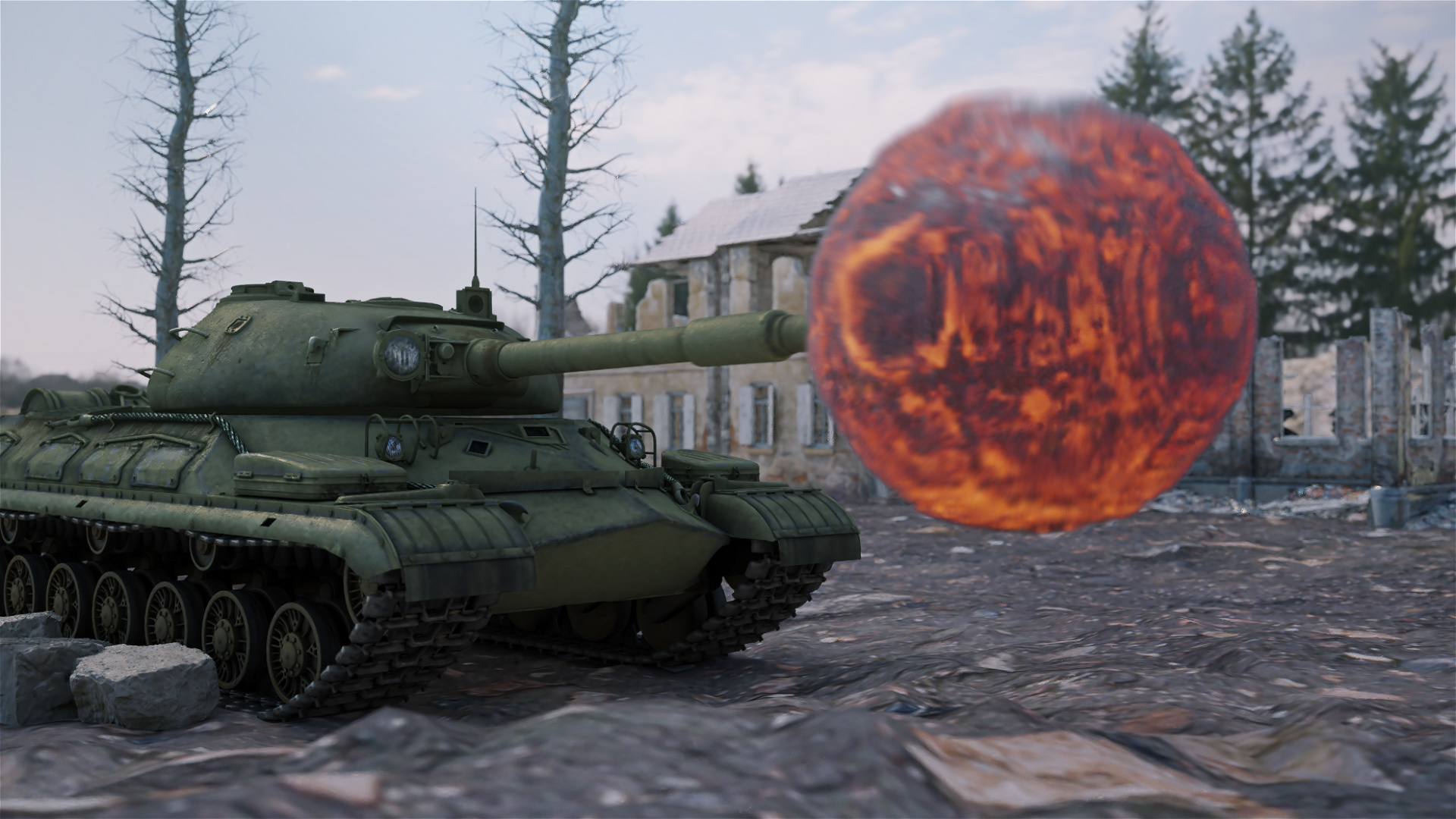BA (Hons) CGI/ Film Visual Effects/ Digital Arts Top up
Specialism – VFX Artist, Particles
The Final Major Project focused on a cinematic portrayal for a World War 2 adaptation, highlighting two major events from the war; these events were the battles of Normandy and Stalingrad. This project was a collaboration with Tom Mason, who was responsible for the rigid body simulation and pyro FX in the Stalingrad scene. Jack was assigned the D-day scene, creating a water simulation for the shoreline, water displacement as well as the tank projectile FX in Stalingrad.
Making the decision to collaborate was made through identifying similar interests in career roles, both aspiring to become FX artists after university. This influenced the direction of the project, focusing heavily on simulation-based pieces of work. Through initial planning in the pre-production stage, responsibilities were divided, and ideas were generated for the premise of the final deliverable.
The objective of the project was to create a piece that reflected the last three years of learning, acting as a forefront for personal portfolios and showreels submitted to industry personnel. Actively collaborating in a pair was significant for the progression of the project; gaining feedback in every stage and constantly communicating allowed for an efficient workflow. This also related directly to working within the industry as expectations for working well in a team is one of the most significant aspects of most job roles. It was important to align visions for the project early, with strict deadlines applied in order to follow the pressure that working in the industry would bring.
VIMEO : https://vimeo.com/703924800
Instagram: https://www.instagram.com/humphriesvfx/
ArtStation: https://www.artstation.com/jackhumphries
The Rookies: https://www.therookies.co/entries/15630
FMP: https://vimeo.com/703924800


Links to Exported video, Valor, on Vimeo.
Vimeo : https://vimeo.com/703924800
(Above) The Ocean Spray effect
"It was also put across an idea to create a smoking barrel within the simulation as a cooling period. This was tested in EmberGen using two different emitters within the same simulation, however when exporting as a VDB volume there were countless issues with the rendering of the smoke. After multiple iterations, the idea came to create two separate simulations, this was then exported as two separate VDB volumes, implemented into Blender and using a parent constraint to follow the animation of the barrel."